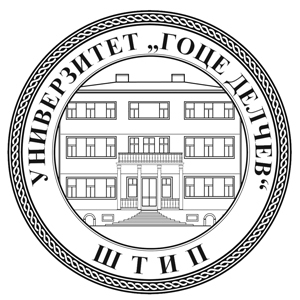Description:
Recorded image is constantly degraded version of the original, real scene. Debluring is very important for image processing and applying in future. There is a wide range of degradations to be covered, such as: blurring, geometric degradation, imperfections of brightness and color (exposure, saturation) and noise. Bluring can be caused by movement between the camera and the original scene or by optical system that is not precisely focused. In air photographs, which are intended for remote reading, blurring considered as atmospheric turbulence, deviation of optical system and the relative motion between the camera and the Earth's surface. This kind of blurring is not only applied to optical images. Also computed tomography scanner is subjected to the breaking up of X-ray. Digital image restoration is momentous problem that finds appliance in many scientific areas, such as: medical diagnostics, military observation, astronomical and satellite images, remote reading and other. Using methods for image restoration, assumed that the features of the system that degrades images, are known in advance. In focal point in this project, will be methods for image debluring, consequence by uniform linear motion. This methods are principally important in applications that are pertaining to remove blurring in x-ray images, in the system for automatic recognition of registration tableware, the bar-code images for LCD TVs and monitors and others.
As a result of our planed research, we believe that we will get new ideas for designing a more perfect system for image restoring. For image restoration are applying two types of methods: interactive and no interactive methods. Interactive methods are used when missing complete information about the process of degradation of images. Our research will be embattled to develop new direct methods with identified transmission function of blurring. There is a large class of filters for image restoration that are based on principle of least squares, known as Least Squares Filters (LSF). We will use two of them in our project: Wiener filter and LSF with limits. Wiener filter is a linear and spatially invariant filter, that minimizes the mean square error between the ideal and the restored image. Constrained LSF is also a linear and spatially invariant filter and for its design it’s necessary to estimate the mean and variance of noise. This is an important advantage of this method, because these two parameters can be estimate from the degraded image. Both of these filters are usually implementing in frequency domain, with the portable functions. Both mentioned methods are direct methods, which means that the solution is obtained only with one implementation.
This, composed with slight requests for calculations and good theoretical structure of the problem, made the technique of linear filtering many years an essential tool for image restoration. However, there are nonlinear methods, whose central limitations are that their behavior cannot always be predicted and generally they require meaningfully more computational resources, therefore in areas where it is working in real time, their application is not possible. One of the well-known algorithms of this type is the Lucy-Richardson algorithm, developed independently by Richardson and Lucy. As with other nonlinear methods, the question when we need to stop the Lucy-Richardson algorithm is very problematic, and it hasn’t actual answer, so often we need to measure the output and when the result is adequate for an exact application, we will stop the algorithm.
Previously described methods for image restoration are realized as ingrained features in the software package MATLAB and methods which will be developed with this research will be compared with them.












